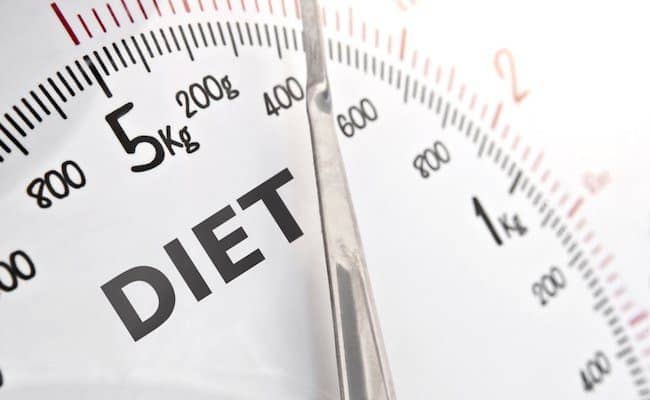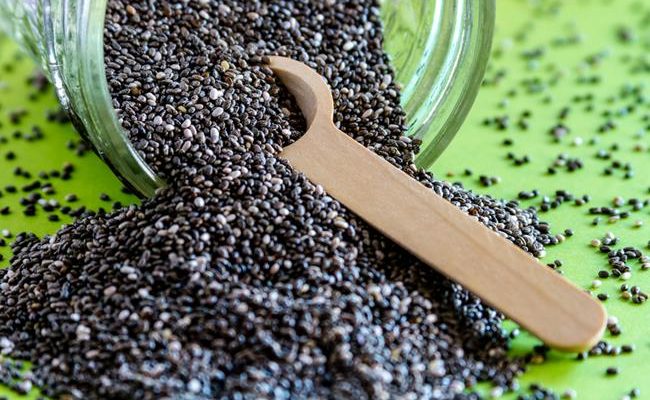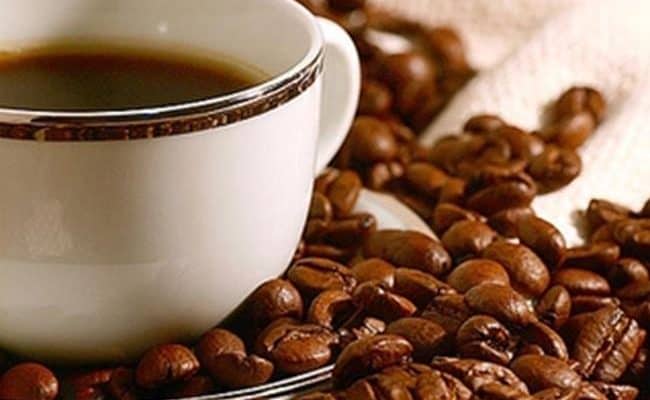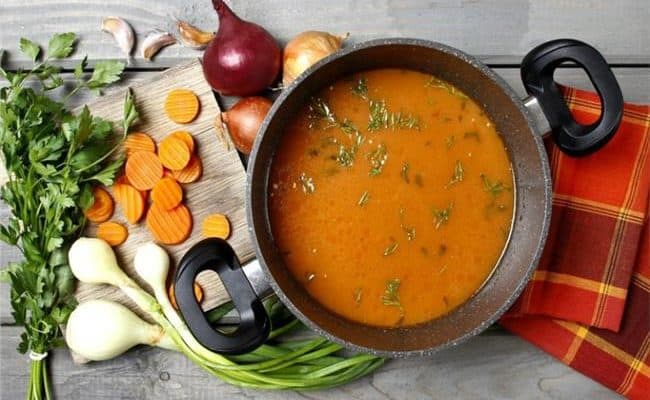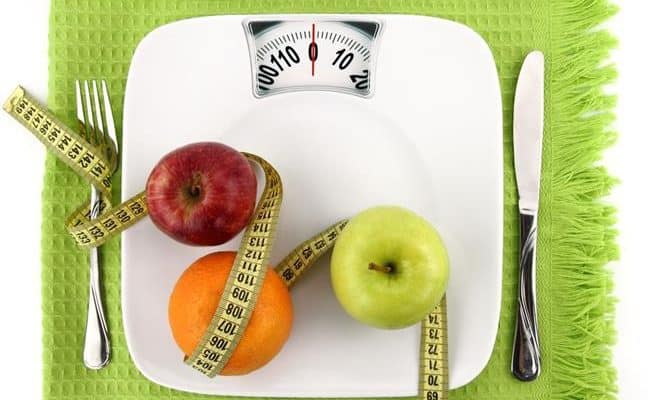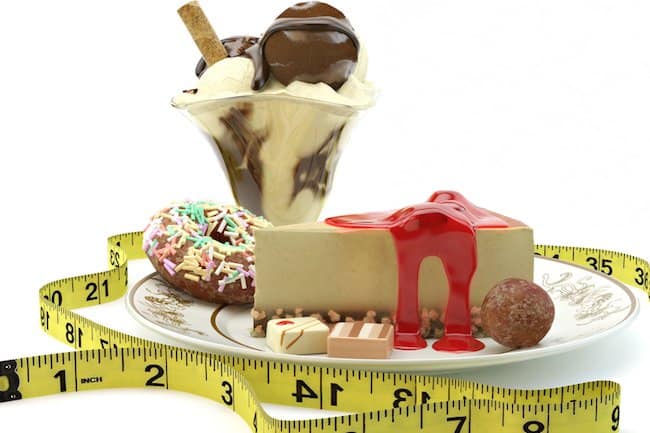
When it comes to foods that can hold back weight loss, there are plenty available. These foods are often high in fat, sugar or both and therefore pack a sizeable calorie punch. Generally, the foods that have been shown to hinder weight loss are also high in unhealthy saturated fats, which can increase the risk of heart disease and diabetes, or refined sugar, which increases blood sugar levels and has also been associated with increased risk of diabetes.
For many people, the battle to lose weight can be a long and tough road, and indulging in foods that are associated with weight gain can slow down results and undo all the hard work you have put in.
Evidence based nutrition
In this article some of the worst offenders, that should be avoided where possible or replaced with healthier alternatives, are listed. These foods are classified as some of the least healthy options either according to a study recently carried out by Harvard University, or a study published in the New Zealand Medical Journal. The Harvard study collected dietary and health data from 120,000 men and women over twenty years and then investigated correlations between particular foods and weight gain, whilst the New Zealand research classified the 49 most unhealthy foods according to calorie and fat content, taking into account if the food was nutritionally valuable.
If you eat any of these foods on a regular basis, i.e. more than once or twice a week, you should be looking at cutting back, or risk sabotaging your weight loss. Percentage fat is one of the key things to watch in your weight loss diet as fat contributes more calories per gram than carbohydrates or protein.
Worst Foods for Weight Loss
1. Fried Potatoes
The Harvard study found that those who consumed potatoes almost every day in any form, put on about a pound on average over four years. Surprisingly this was not just with a high intake of fried potatoes such as chips and French fries, but also with steamed or boiled varieties. It is thought that this is probably due to the high GI of potatoes and the quick rise in blood sugar levels they cause in the body. Despite this finding, fried potatoes are definitely worse for overall health due to the high amount of fat added in the cooking process, which is often saturated fat such as palm oil.
Better Alternative: For a low GI option that will keep blood sugar levels more constant, swap potatoes for sweet potatoes. You can even make your own French fries from these, by oven roasting them with a light spray of olive oil.
2. Deli Meats
Processed meats such as salami are incredibly high in fat, most of which is saturated. Due to this fat they are also high in calories and can contribute to weight gain. The Harvard study also found a link between red meat consumption and weight gain over time, suggesting it may be wise to limit this too. A small serve, about the size of a pack of playing cards, once or twice a week shouldn’t do too much damage, but it should not be eaten every day and huge steaks should defiantly be avoided.
Better alternative: Choose lean meats and cut of visible fat when using meat, or opt for a lower saturated fat protein source such as fish.
3. Soda and energy drinks
Sugar sweetened soda featured as a food to avoid in both studies, which is not surprising given the high sugar and calories content and the fact that there is little to no nutritional benefit to these drinks. Similarly, energy drinks provide a huge amount of calories and no real nutritional value.
Better alternative: Sugar free sodas or water flavoured with a little lemon or lime juice for taste. See also best healthy weight loss drinks.
4. Refined Grains
It was found in the American study that a high consumption of refined grains was associated with an increase in weight over time that was comparable to that of candy and some desserts. Foods made from refined grains such as white bread raise blood sugar levels quickly for a short time, which can lead to increased hunger and therefore food intake. Refined grains are also lower in nutrients than whole grains, which provide a much larger quantity of vitamins and fibre.
Better Alternative: Whole grain based foods.
5. Mayonnaise and Hollandaise sauce
Aside from pure fats and oils, these may just be the foods with the largest percentage of fat. A 100g serve of mayonnaise contains about 80g of fat, with hollandaise providing about 15g of fat in the average serving from egg yolks and butter. Adding either of these condiments to a meal is a sure fire way to increase your calorie intake, with even a small amount containing a large number of fat and calories. Dishes based on these foods such as coleslaws and tuna salad are best avoided if weight loss is your goal.
Better alternative: Use low fat yogurt with lemon as a substitute tangy salad dressing.
6. Ice cream and cream
Cream comes with a variety of fat contents depending on the type. Half and half weighs in at about 10.5-18% fat at the lower end of the scale, while at the other extreme, double cream can contain 40% or more fat content. Needless to say this is never going to be a health food and is definitely not a good option if you are trying to lose weight. Ice cream contains not only fattening cream, but also eggs yolks and sugar, meaning it is generally incredibly high in calories. Add a few mixings or a topping and you have a calorie counters worst nightmare.
Better alternative: Use low fat yogurt or condensed milk to replace cream in cooking and choose low fat and sugar ice creams or sorbets, which are water based.
7. Chocolate, cakes and candy
No surprises here, these foods feature on the New Zealand list of unhealthy foods and were also found to be correlated with weight gain over time in the American study. These foods are high in fat, sugar and calories and generally provide very little nutritional benefit. The average 100g chocolate bar contains about 20 to 30 g of fat, which is over half of the recommended allowance for most people.
Better alternative: If you do eat chocolate keep portion small and go for the highest cocoa content possible (dark chocolate) as these provide healthy antioxidants. Choose other sweet treats such as fresh fruit, low fat yoghurt or a low fat and sugar chocolate flavoured dairy dessert.
8. Fried foods
Frying foods adds a huge amount of calories in the form of oil, which may also contain harmful trans fats in the case of many take away fried foods such as chicken. A 100g serve of French fries fried in oil can provide around 40g of fat.
Better alternative: When cooking at home use a lower fat cooking method such as grilling or oven baking with minimal oil. When eating out opt for dishes that have been grilled, baked or poached and stay away from breadcrumbed, battered or crispy foods as they are likely to have been fried.
9. Fast Food
Fast food is detrimental to dieters in so many ways. First there is the high content of fat, particularly unhealthy, saturated fats and possibly trans fat too, then there is the high sugar content , not only in things like milkshakes and sodas, but also in burger buns and condiments. These in combination with large portion sizes, refined grains, fatty and processed meats and high fat cheese make many fast food options just about the worst diet food you can find.
Better option: Make fast food favourites at home using healthy ingredients such as lean meat, wholegrain buns, low fat ingredients and salad. If you must eat at a fast food joint, opt for the smallest size of meal and try to choose an option that features vegetables.
10. Butter, lard and other animal fats
As pure fat, these contain a huge amount of calories in only a very small amount. The addition of butter to a sandwich can add a huge amount of calories and contribute a lot of unhealthy saturated fat. One tablespoon of butter contains a hefty 102 calories, so you might want to rethink the need for a spread on your daily sandwich.
Better option: Replace butter and animal fats with unsaturated fats such as olive or canola oil. Use spray oil for cooking to get the smallest possible amount, or choose non fat cooking methods.
References used in this article
